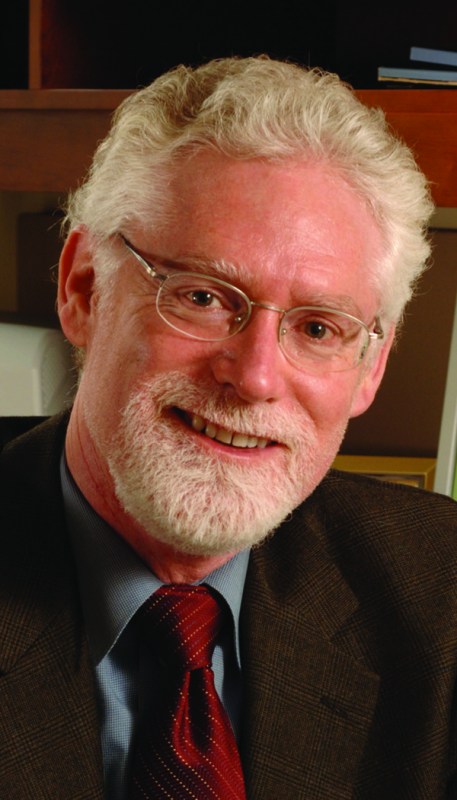Physician work hours linked to reduced fees
Physicians have steadily decreased their work hours over the past several years as both commercial and government health care payers have sharply reduced the fees they've offered for physician services.
That's the lead finding in a report published this week in the Journal of the American Medical Association (JAMA) by a three-author team that includes Vanderbilt's Peter Buerhaus, Ph.D., R.N., director of the Center for Interdisciplinary Health Workforce Studies at the Institute for Medicine and Public Health.
News of the strong association between decreased work hours and reduced fees might give pause to policymakers in Washington, D.C., as they contemplate a looming U.S. physician shortage and scheduled reductions in Medicare spending for physician services.

Peter Buerhaus, Ph.D., R.N.
“We think the fees are clearly part of the explanation for the decreased work hours. The two trends are marching together and are quite probably related,” Buerhaus said.
Joining Buerhaus for the report were David Auerbach, of the Congressional Budget Office, and Dartmouth University's Douglas Staiger, the report's lead author.
Sorting through federal survey data, the JAMA authors found that physicians maintained steady work hours from 1976 through 1995, averaging approximately 55 hours per week. But from 1996-98 to 2006-08 — the report uses three-year moving averages — physicians cut back weekly hours from 54.9 to 51 hours, a 7.2 percent decrease.
During the same period, physician fees dropped 25 percent (after adjustment for inflation), as reflected by fee schedules used by both government payers and representative commercial payers.
“The rate of the fee decrease may surprise many people. We've heard doctors complaining about fees for some time now, but we hadn't previously tracked the change for physicians overall,” Buerhaus said.
The authors state that weekly hours for the rest of the U.S. workforce changed comparatively little over the same period. Attorneys cut back their hours by 2.4 percent and engineers cut back by 1.4 percent, while nurses increased their hours by 1.6 percent.
Weekly hours worked by resident physicians decreased the most, from 65.7 to 59.3 hours, a 9.8 percent drop that the authors attribute to the imposition in 2003 of limits on resident work hours.
For non-resident physicians, the decrease was 5.7 percent, from 52.6 to 49.6 hours.
“What's so striking about this trend is that it applies across so many categories: physicians young and old, male and female, self-employed and non-self-employed,” Buerhaus said.
For one year, 2001, the authors also examined how fees and work hours varied across 319 metropolitan areas. They found that physicians working in cities where fees were below the median put in fewer hours (less than 49 hours per week) than physicians in cities where fees were above the median (more than 52 hours per week).
The JAMA report might well deepen expectations of a physician shortage. Demand for physician services will increase as baby boomers age and rates of chronic disease rise. Demand will likely also increase if more citizens are able to obtain health insurance coverage.
Buerhaus said workforce analysts agree that a shortage is coming, but it's been difficult to form firm estimates. Estimates place the current number of physicians working in the United States at between 600,000 and 650,000. Mainstream estimates of a shortage range from 49,000 within 10 years (Health Resources and Services Administration) to between 124,000 and 159,000 within 15 years (Association of American Medical Colleges).
While the association with fee decreases is very strong, the JAMA authors don't rule out other potential influences on physician work hours. In particular they note the rise of managed care in the 1990s, bringing decreased autonomy and lower satisfaction for physicians.
The authors were unable to source credible physician income data for use in their analysis. Buerhaus said further studies will be needed to address a range of unanswered questions about additional forces that may underlie the trend in physician work hours.













